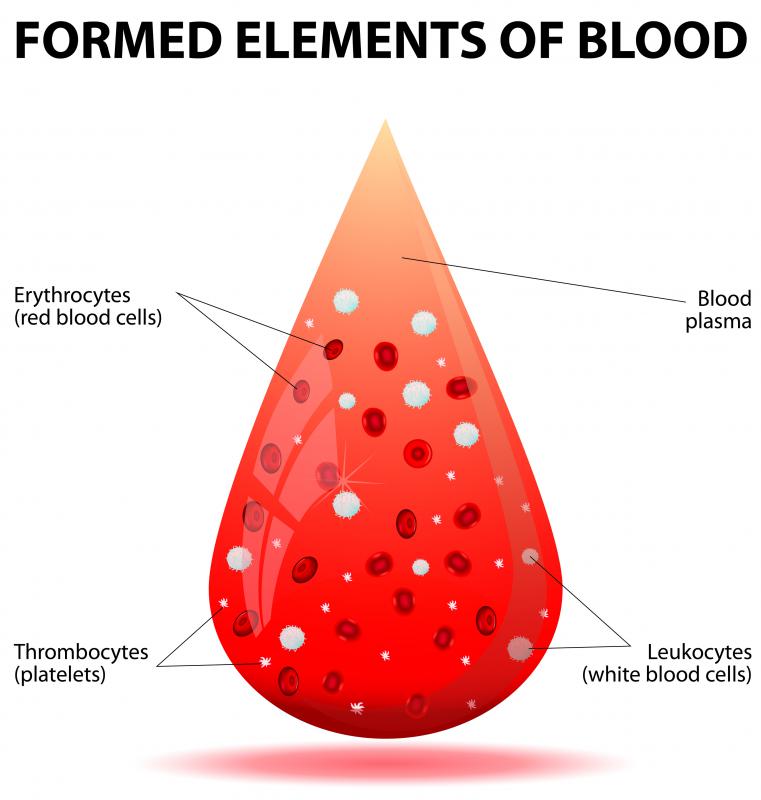At TheHealthBoard, we're committed to delivering accurate, trustworthy information. Our expert-authored content is rigorously fact-checked and sourced from credible authorities. Discover how we uphold the highest standards in providing you with reliable knowledge.
What Are the Different Types of Lymphocytes?
Blood and lymphatic cells are divided into groups by their function. Lymphocytes are cells that play an important role in the immune system. B cells are one of the types of lymphocytes, and they produce antibodies that stick to invaders and flag them up for destruction by other cells. T cells identify and kill the invaders, and prepare other parts of the immune system to deal with the invaders. Both main types of lymphocytes contain further subdivisions of cells.
Lymph moves around through the lymphatic system while blood moves around the body through the circulatory system. The lymphatic system is similar to the network of blood vessels but transports waste products and essential substances throughout the body. Cells that move through the blood can be transporters, like red blood cells transport oxygen, or work as part of the clotting process of wounds, like platelets. They can also be part of the defensive system against foreign invaders, the immune system.

Lymphocytes are just one group of cells that function as part of the immune system. More of this group travel around the lymphatic system than in the blood network. Two types of lymphocytes are present in the bloodstream, which are the B cells and the T cells.
B cells are wandering cells that are antibody factories. They are capable of producing molecules that can recognize and bond to specific types of molecules present in infectious organisms or substances that the body identifies as foreign. Every individual B cell makes only one particular type of antibody, specific to only one type of foreign substance. For example, where one cell produces antibody against one of the many viral causes of a cold, another cell's antibodies will ignore the presence of the same virus completely.

Normally, the body contains many different B cells, specialized for a specific invader, but only has low levels of each type circulating. When an invader manages to break past other defenses, like the skin or digestive tract into the body, then the circulating B cells that target that particular foreigner multiply up and produce more antibody. Special forms of B cell called plasma cells produce antibodies; little versions of the specialized B cells, called memory B cells, remain stored in lymph glands prepared for the next invasion by the foreigner.

Although the products of B cells, the antibodies, stick onto their target invader, they most often do not kill the invader. This job falls to other types of lymphocytes called T cells. There are three different forms of T cells, which are the Helper T cells, the Killer T cells, and the Suppressor T cells.
Helper T cells and Suppressor T cells do not act directly on invading organisms, but rather inform other types of immune system cells about the invader and tell them to destroy it. The Helper T cells can also instruct B cells to produce more of the specific antibody to the invader. Killer T cells, on the other hand, destroy foreign-looking cells, because they can identify the presence of absence of particular molecules on the surface of the cell in question.
AS FEATURED ON:
AS FEATURED ON:
















Discuss this Article
Post your comments